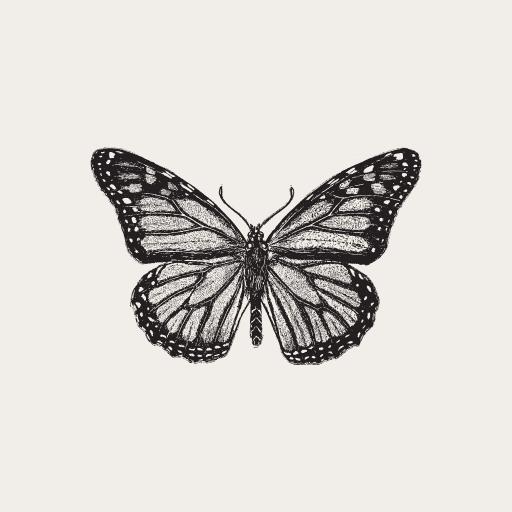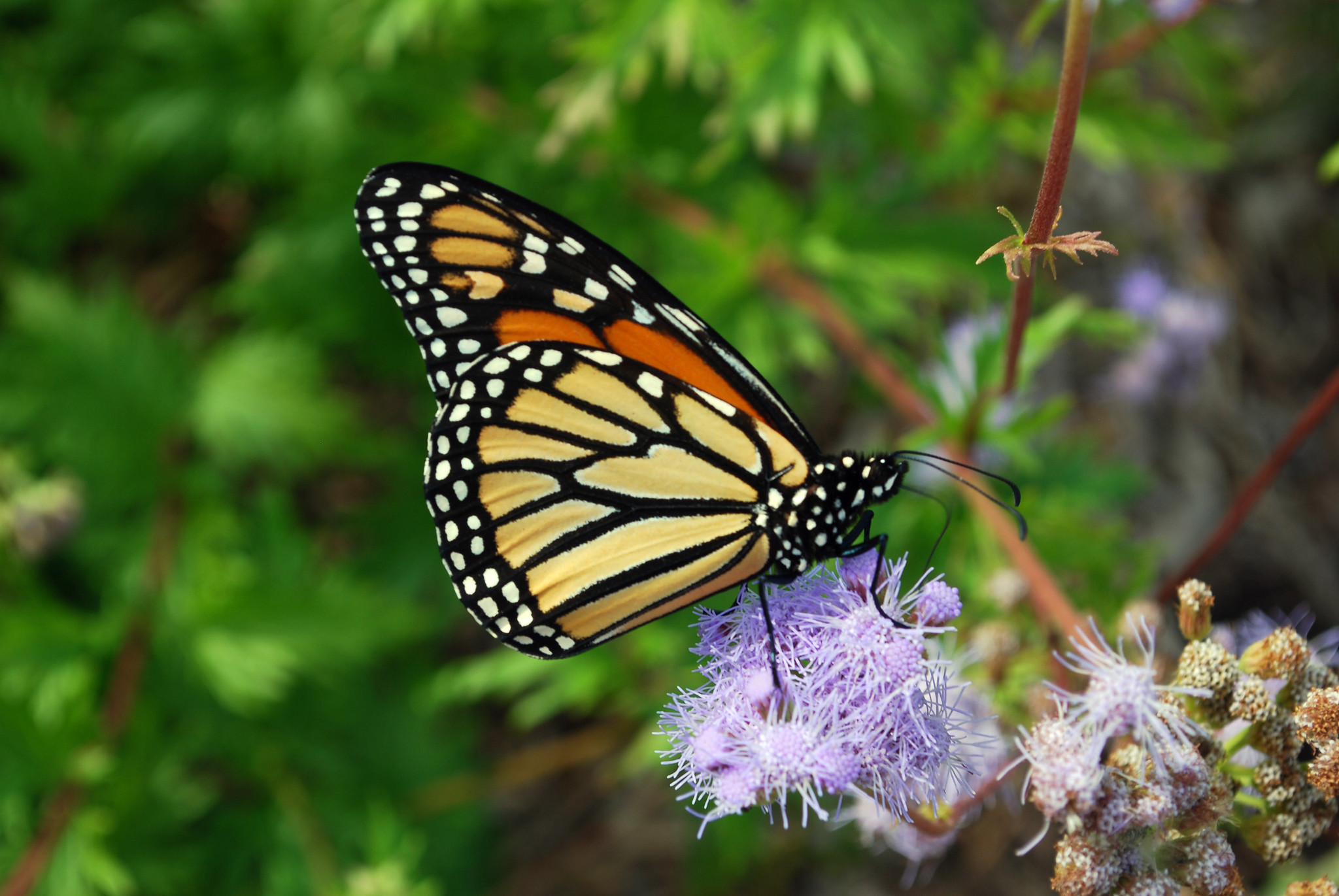A Guide for Beginners
When I first started embracing the world of native plants, it felt like I was stepping into a quiet, forgotten garden—full of hidden potential, waiting to be rediscovered. Native plants have a unique way of connecting us with the land, the seasons, and the creatures that share our world. They tell a story of resilience and harmony that’s been unfolding long before we came along. And today, they need us more than ever.
This guide is for those of you who are just starting to plant native species or those curious about bringing more of these wonderful plants into your own garden. I want you to feel empowered and excited about this journey, and know that every small step you take makes a difference.
Understanding Native Plants
Before we get our hands in the soil, let’s take a moment to understand what native plants really are. Simply put, native plants are those species that have evolved over thousands of years in a particular region. They’re perfectly suited to their environment, requiring fewer resources like water, fertilizer, and pesticides. They also provide food and shelter for local wildlife, creating a thriving ecosystem right in our backyards.
I often think of native plants as a living canvas, where every leaf and flower is a brushstroke of the earth’s wisdom. By choosing native plants for your garden, you’re not just creating something beautiful—you’re also supporting the intricate web of life that surrounds us.
Choosing the Right Native Plants for Your Area
Selecting the right native plants for your garden is like choosing the perfect colors for a painting. It’s about understanding the space you’re working with—your soil type, the amount of sunlight your garden gets, and how much rain it typically receives. You wouldn’t paint a canvas with colors that didn’t blend, and the same goes for plants!
Start by researching the plants that naturally thrive in your region. Resources like native plant societies, local extension offices, and online databases are all great places to begin your search. Focus on plants that are suited to your specific conditions: whether you have dry, sandy soil or moist, shaded areas. By planting what’s native to your region, you’re ensuring that your garden will thrive with minimal care.
For beginners, here are a few plants that are easy to start with, no matter where you live:
- Echinacea (Purple Coneflower): A beautiful, drought-tolerant plant that attracts pollinators like bees and butterflies.
- Asclepias (Milkweed): A must-have for monarch butterflies, it’s a hardy and beautiful addition to any garden.
- Rudbeckia (Black-eyed Susan): Known for its bright yellow petals, this plant is hardy, low-maintenance, and great for attracting birds.
How to Plant Native Plants
Now that you’ve chosen your plants, it’s time to get them into the ground. The best time to plant native species is usually in the spring or fall when the temperatures are mild, and the plants have time to establish roots before the summer heat or winter frost.
Start by selecting a planting location that mimics the plant’s natural habitat. For instance, if you’re planting something that grows on a prairie, choose an area with plenty of sun. For woodland plants, a shaded, moist spot will do just fine.
When it comes to planting, less is more. Native plants don’t need a lot of fancy soil amendments. Simply dig a hole that’s about twice the size of the root ball, place your plant, and gently backfill with soil. Water thoroughly right after planting, and keep an eye on it as it establishes its roots.
Watering and Maintenance
One of the best parts about native plants is that they’re incredibly resilient. They’re adapted to local weather conditions and can survive with minimal watering once they’re established. However, in those first few months, they’ll need a bit of extra love to get their roots down deep.
Water your new plants regularly, but be careful not to overwater. Native plants thrive on dry spells followed by occasional rain. Mulch can help retain moisture and keep weeds at bay, so consider adding a layer around your plants to protect them from the heat of summer.
As far as maintenance goes, native plants are relatively low-maintenance. You may need to prune them once in a while to keep them looking neat, but avoid heavy fertilization, as it can encourage the growth of non-native weeds.
Encouraging Wildlife and Pollinators
One of the most rewarding aspects of growing native plants is how they invite wildlife into your garden. Pollinators like bees, butterflies, and hummingbirds are drawn to native plants because they provide food and habitat. By planting a variety of native species, you’ll create a welcoming environment for these important creatures.
I’ve seen firsthand how quickly a garden can transform once pollinators start visiting. It’s like bringing the garden to life in ways you never imagined. And with a little care, you’ll create a space that supports your local ecosystem and encourages a flourishing, vibrant habitat.
Long-Term Care and Sustainability
As your garden grows, so will your understanding of native plants. One of the joys of gardening with natives is that they’re meant to be sustainable. They don’t require a lot of ongoing care once they’re established. They’re a living testament to nature’s ability to flourish with minimal interference.
You can collect seeds from your plants to create more for next year’s garden or share them with friends and neighbors. As you nurture your plants, they’ll become part of your community—helping to restore local ecosystems, one seed at a time.
Taking the First Step Towards a Greener Future
The path to growing native plants is a beautiful one, filled with small steps that lead to a larger, collective impact. Every native plant you add to your garden isn’t just a small victory for your space—it’s a step toward healing our environment, supporting biodiversity, and creating a lasting connection to the land.
So, I encourage you to take that first step today. Start small, and let the plants guide you. There’s no better time than now to embrace the power of native plants and all they have to offer.
FAQ: How to Grow and Care for Native Plants
Native plants are species that have evolved naturally in a specific region over thousands of years. They are adapted to the local climate, soil, and wildlife, requiring less water, fertilizers, and pesticides than non-native plants. Native plants provide food and habitat for local wildlife, helping to create a balanced ecosystem
Growing native plants supports biodiversity, conserves water, reduces the need for chemical inputs, and creates a welcoming space for local wildlife like pollinators, birds, and beneficial insects. Native plants also tend to be more resilient and better suited to your specific region’s growing conditions.
Start by researching plants that thrive in your region and match your garden’s conditions, such as soil type, sunlight, and moisture. Consider visiting local plant societies, extension offices, or online databases for recommendations. Focus on plants suited to your garden’s specific environment, whether it’s sunny, shaded, dry, or moist.
Some beginner-friendly native plants include:
Purple Coneflower (Echinacea): Attractive to bees and butterflies, drought-tolerant.
Milkweed (Asclepias): A must-have for monarch butterflies.
Black-eyed Susan (Rudbeckia): Hardy, low-maintenance, and bird-friendly.
The best times to plant native plants are in the spring or fall when temperatures are mild, giving the plants time to establish their roots before summer heat or winter frost.
Dig a hole that’s about twice the size of the plant’s root ball, place the plant in the hole, and gently backfill with soil. Water thoroughly after planting, and keep the soil moist as the plant establishes roots. Avoid heavy soil amendments, as native plants are adapted to thrive without excessive fertilization
Once native plants are established, they require minimal watering. During the initial growth period, water regularly, but avoid overwatering. Mulch around the base of the plants to help retain moisture and prevent weeds.
Native plants are low-maintenance once established. You may need to prune them occasionally to keep them tidy, but avoid heavy fertilization, which can promote the growth of non-native weeds. Mulching helps maintain moisture and control weeds.
Plant a variety of native species to provide food and shelter for pollinators like bees, butterflies, and hummingbirds. Native plants offer essential nectar, pollen, and habitat, creating a welcoming environment for wildlife.
Once your garden is established, native plants require little maintenance. You can collect seeds from your plants to propagate them for next season or share them with others. Allowing your garden to grow naturally will help sustain local ecosystems and promote biodiversity.
Yes! You can collect seeds from your plants and share them with friends, neighbors, or local conservation groups. By spreading native plants, you help restore local ecosystems and support biodiversity in your community.
Start small, focusing on a few plants that are well-suited to your environment. Over time, you can expand your garden and add more species. Each plant you add contributes to a larger, positive impact on the environment.

